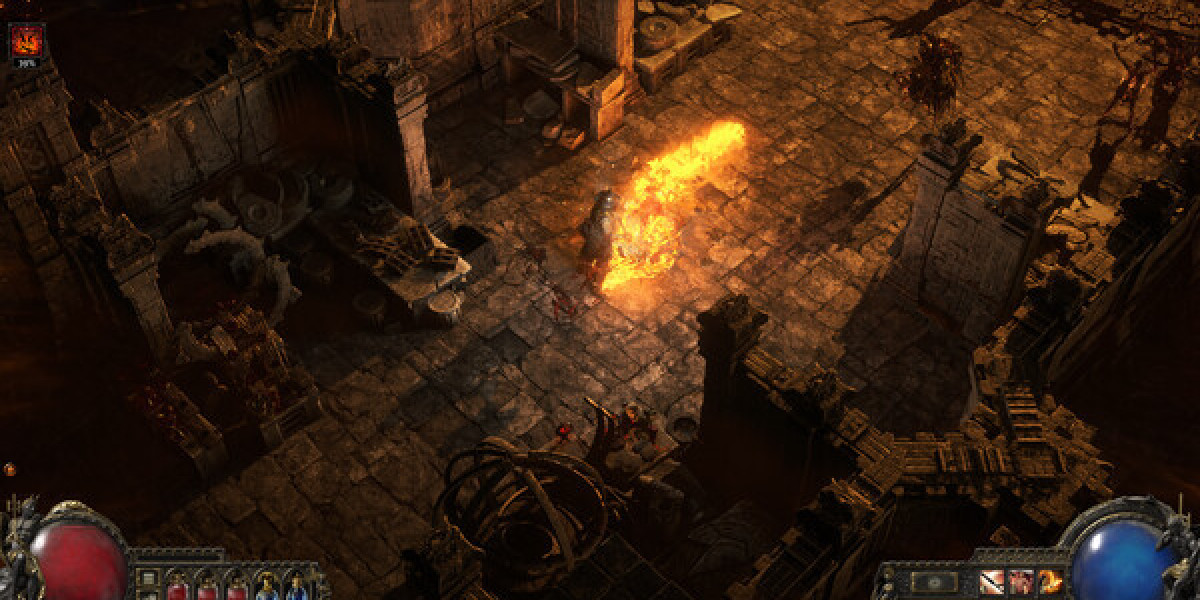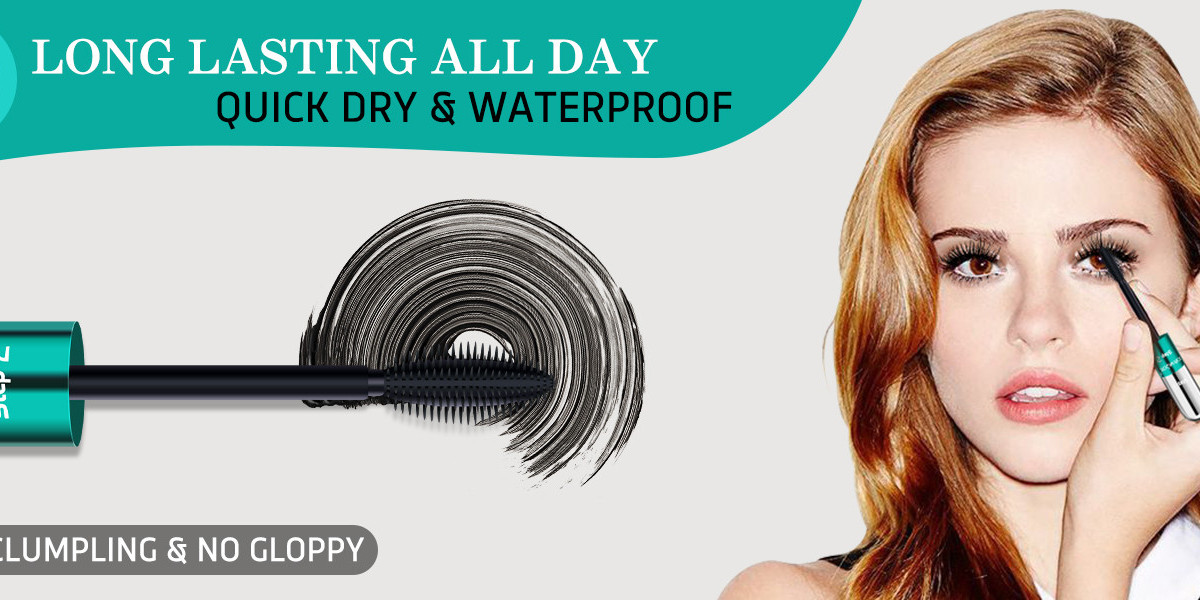Dianabol Cycle Pharma TRT
What Is Testosterone?
How It’s Used in Medicine – and How it Can Be Misused
---
1. The Basics of Testosterone
Hormone, not a drug – Testosterone (T) is an endogenous steroid hormone produced mainly by the testes in men and by smaller amounts in women’s ovaries and adrenal glands.
Key functions – It drives the development of male secondary sex characteristics (deep voice, facial hair), supports muscle mass, bone density, red‑blood‑cell production, libido, mood, and overall energy.
Normal ranges – In adult men, total testosterone usually falls between about 300–1000 ng/dL. Women have roughly 30–70 ng/dL. These numbers vary with age, assay methods, time of day (higher in the morning), and individual lab reference intervals.
---
2. When is "low" testosterone a real problem?
Low testosterone can be:
| Category | Typical causes | Symptoms to watch for |
|---|---|---|
| Physiological aging | Natural decline after age ~30–40 (often called "late-onset hypogonadism") | Gradual loss of muscle mass, increased body fat, reduced libido, mild fatigue |
| Primary testicular failure | Klinefelter syndrome, mumps orchitis, testicular cancer/therapy, genetic mutations (e.g., AR gene) | Severe erectile dysfunction, infertility, gynecomastia |
| Secondary (hypothalamic/pituitary) | Pituitary tumors, pituitary surgery/radiation, hypothalamic disease, medications (steroids), systemic illnesses (diabetes, obesity) | Variable testosterone levels; often normal LH/FSH but low testosterone |
| Chronic conditions | Obesity, type 2 diabetes, metabolic syndrome | Low testosterone, increased aromatase activity leading to higher estrogen |
---
4. How Testosterone Levels Relate to Sexual Function
| Aspect | Findings |
|---|---|
| Erectile function (ED) | <10% of men with ED have low serum testosterone (<300 ng/dL). However, testosterone replacement can improve erectile hardness in hypogonadal men, especially when combined with phosphodiesterase‑5 inhibitors. |
| Libido | Strongest and most consistent association: low testosterone correlates with reduced desire. Improvement after therapy is common (~60–70% of patients). |
| Orgasmic function | Testosterone may enhance orgasmic intensity; low levels can blunt satisfaction, but the effect size is smaller than for libido. |
| Overall sexual satisfaction | Depends on multiple factors; testosterone contributes modestly to the total score in multivariate models. |
---
4. Clinical Take‑away
- Assess before treating:
- If the main complaint is lack of desire or low arousal with intact erections and orgasms, testosterone deficiency is likely to be relevant.
- Measure serum testosterone only when the clinical picture suggests hypogonadism (e.g., reduced libido, decreased sexual activity, erectile dysfunction in the presence of normal erections).
- Treat only when deficiency is confirmed and https://skipper-sahin.federatedjournals.com/ clinically relevant.
- If testosterone is normal but libido remains low, explore psychological causes, relationship issues, medication side‑effects, or other medical conditions (e.g., depression, thyroid dysfunction).
- Follow up on treatment efficacy and safety with periodic reassessment of symptoms and serum testosterone levels.








